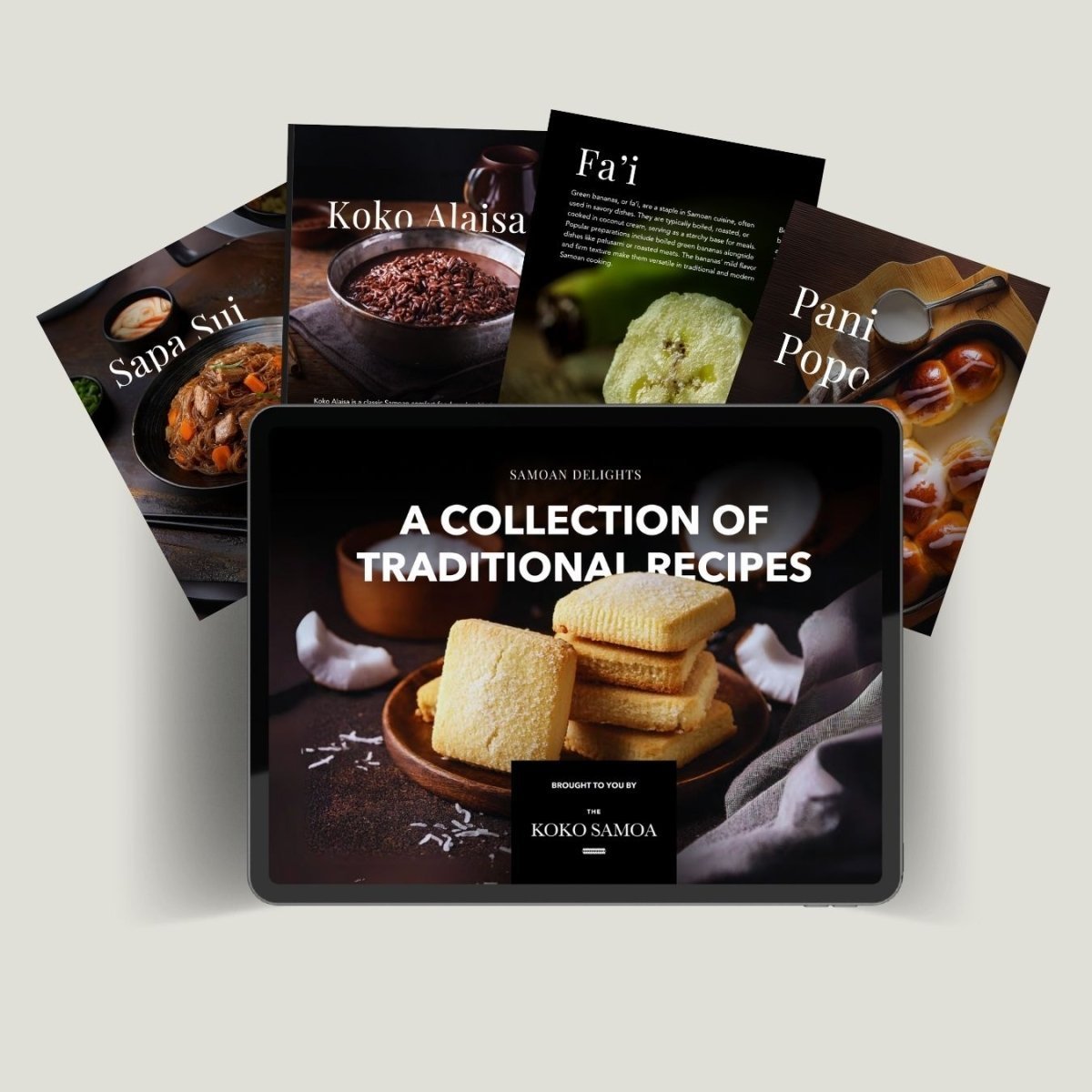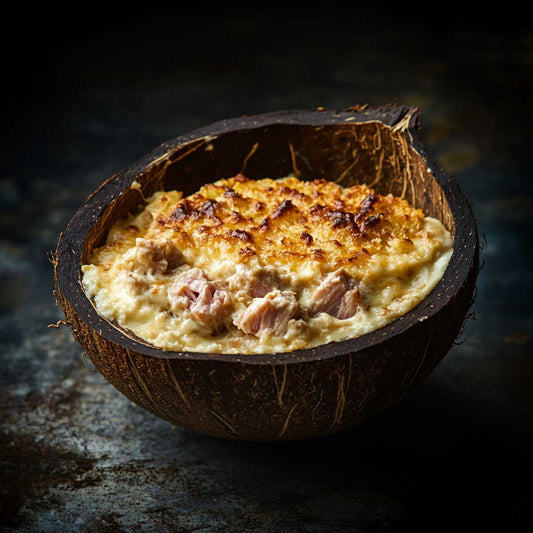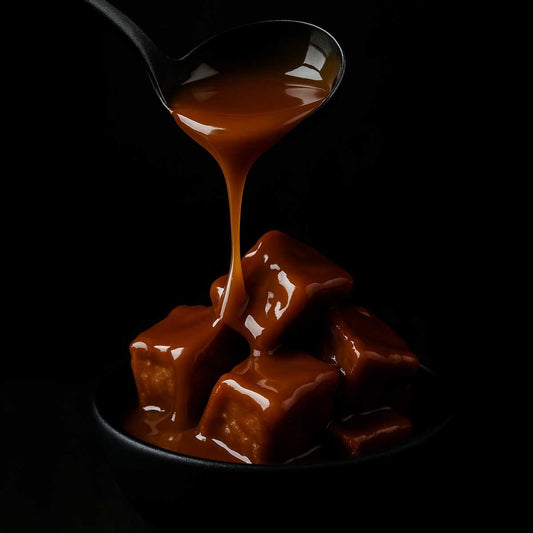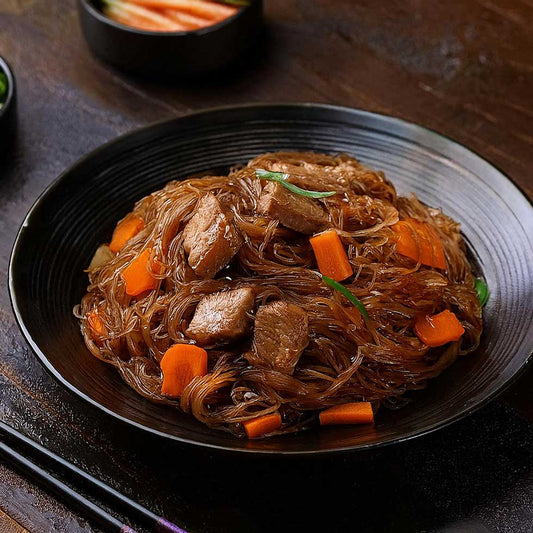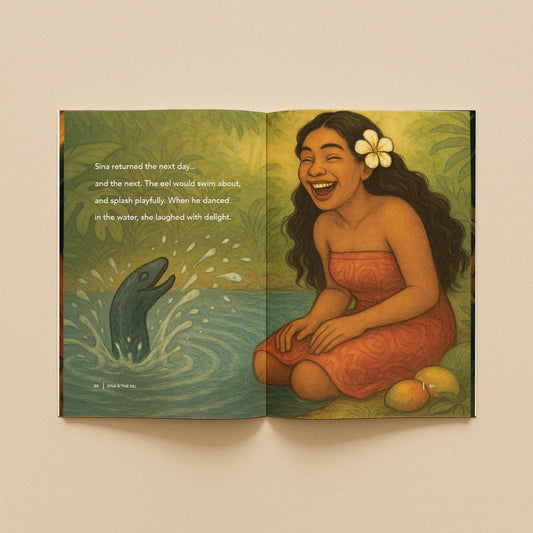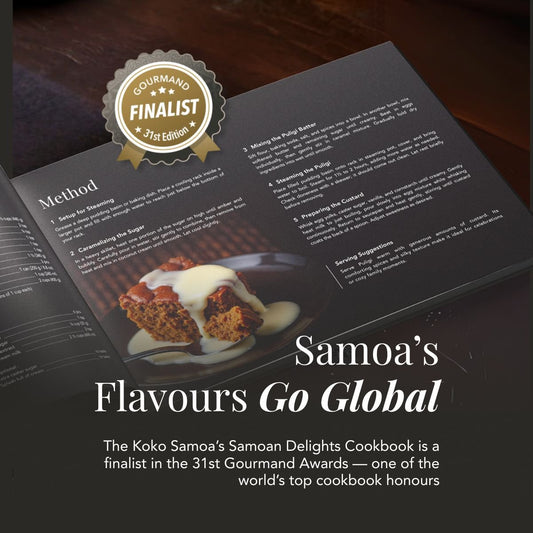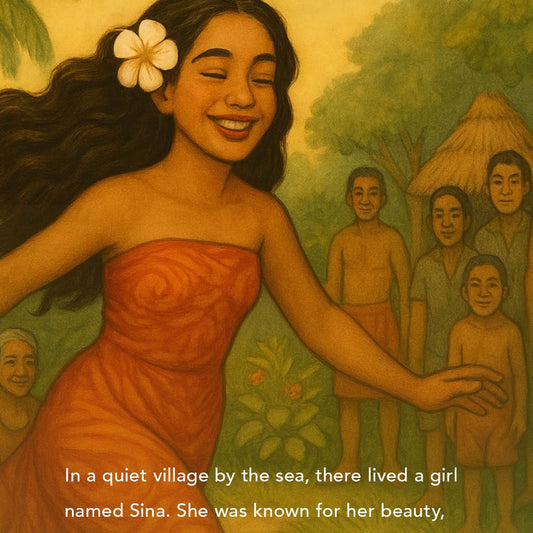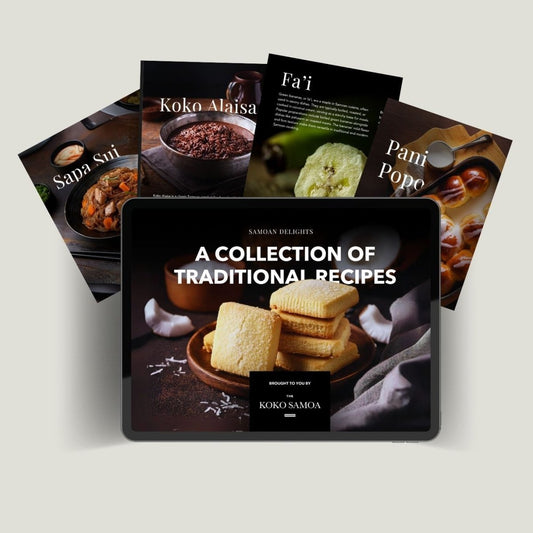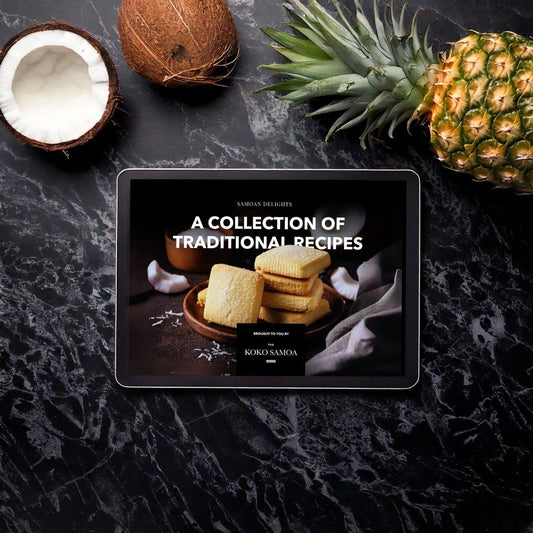Koko Samoa Nutritional Health Benefits
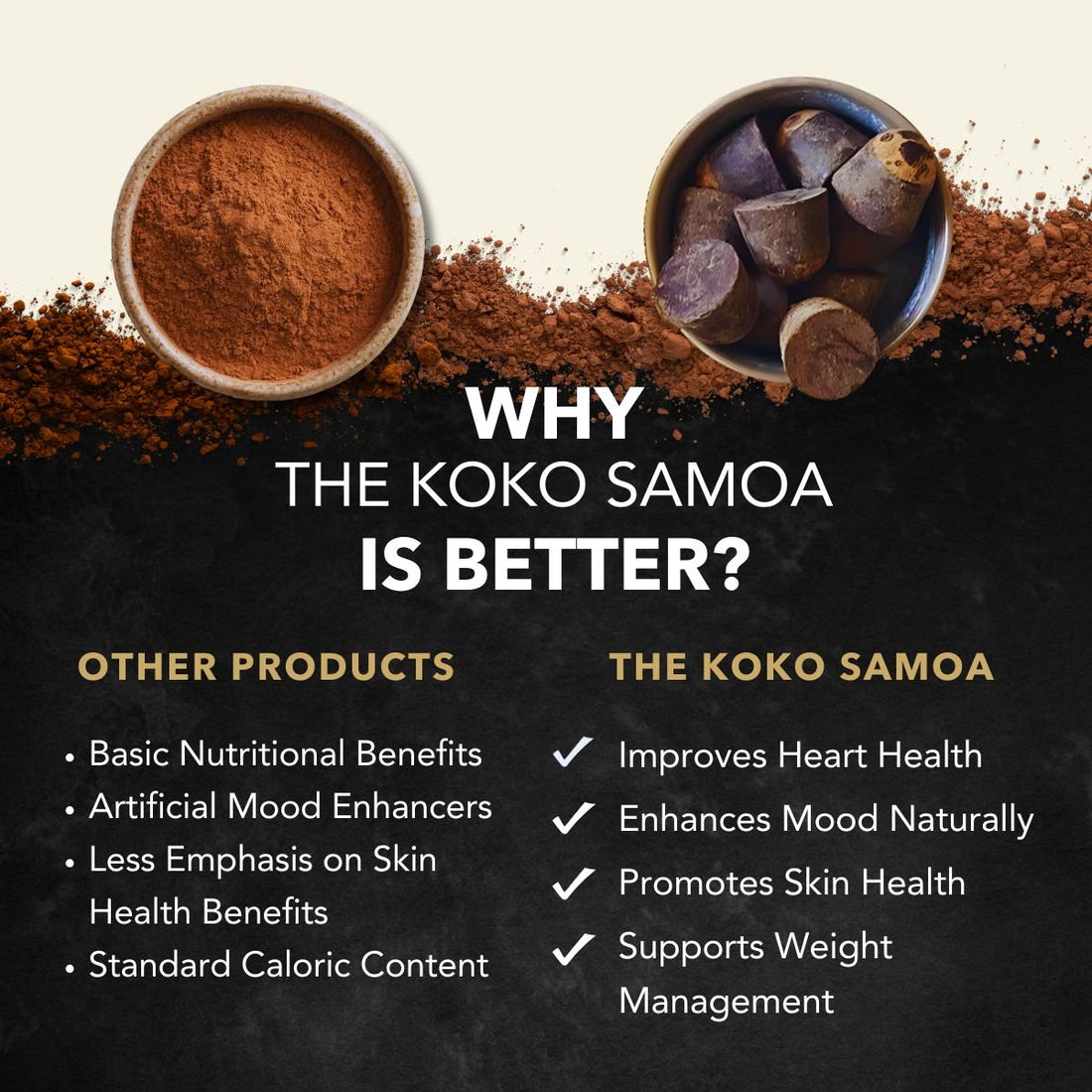
While you should always seek the advice of your healthcare professional, cacao is often considered to be a superfood with unique qualities including; the ability to lower insulin resistance, protect your nervous system (high in resveratrol antioxidants), shield nerve cells from damage, reduce risk of heart disease and strokes, and lowers blood pressure. Never replace professional medical treatment with cacao, and always seek guidance from your doctor.
On a more fun note, cacao can be a mood booster because it is reputed to increase levels of certain neurotransmitters that promote a sense of well-being. And the same brain chemical that is released when we experience deep feelings of love – phenylethylamine – is found in chocolate.
Generally, organic cacao is also rich in minerals: magnesium, iron, potassium, calcium, zinc, copper and manganese.
What Is Koko Samoa
“Koko Samoa” is a traditional Samoan hot beverage made from cacao beans.
“Koko Samoa” has become over many generations end an integral part of the Samoan lifestyle, and just as much as any other traditional food. It is considered to very much be a national drink. When you visit a traditional group of relatives in Samoa, you are often greeted with a welcoming cup of koko.
Nearly every family has both a plantation of cacao trees for very own use and consumption to make "Koko Samoa". One ingenious method of protecting the cacao tree is to plant it in the shade of a larger coconut tree. The coconut husks that fall around the cacao tree provide the soil with nourishing nutrients while the tree itself provides some shelter from the elements.
How Is Koko Samoa Made?
The process of creating Koko Samoa is very much a part of the experience and is often looked upon nostalgically. When the pods are ripe, families pick the pods from the tree and keep doing so for the duration of the cacao pod opening session. Then they clean pulp around each seed, which can also be eaten as a sweet treat. The beans are then fermented in lined woven baskets, processed and sundried for storage.
The cacao beans are roasted on a hot metal plate over an open fire. They are usually stirred which is itself an occasion to gather as a community around the fire, indulging in fun conversations.
When the beans are ready, the husks are typically discarded while the warm beans are transferred into a wood mortar where they are ground down to a liquid paste. The paste is then blended with warm water, boiled within the kettle and sweetened and shared with guests and relatives.
Our oral traditions suggest that “Koko Samoa” become introduced to Samoa from Peru by means of our early navigator ancestors circa 700AD. The first documented appearance of cacao in Samoa occurred in 1883, when German planters initially introduced the Criollo subspecies and the later Forastero subspecies. These Forastero plants were planted in amongst the original Criollo plantations, to replace the significant number of Criollo plants that had failed to survive. The hybridised offspring of those original Criollo and Amelonado plants produced a quality of bean that was known in the cacao trade as “Samoan Trinitario”, locally referred to as “Koko Samoa”.
